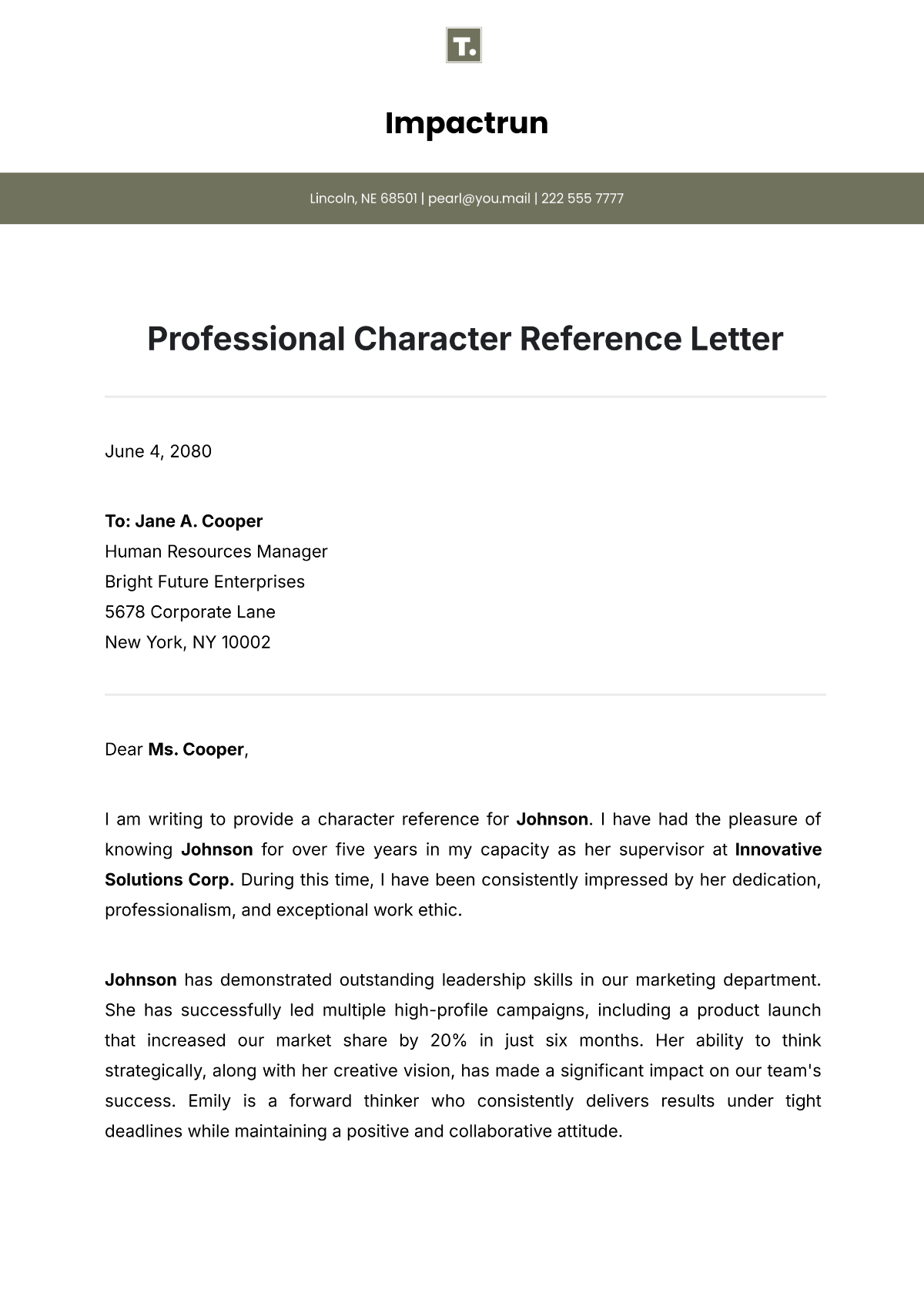Character Development Literary Analysis
Prepared by: [Your Name]
Date: [Date]
I. Introduction
Character development is a fundamental element in literature, offering readers insights into the depth and complexity of characters as they evolve through a story. This analysis will examine the journey of protagonist Jane Smith from her initial introduction as a naive young woman to her ultimate transformation into a self-assured leader by the end of the novel The Journey of Jane. We will explore how Jane’s personality, motivations, and relationships undergo significant changes and how these developments contribute to the novel’s overarching themes of resilience, self-discovery, and empowerment.
II. Character Overview
In this section, we provide a detailed overview of Jane Smith, the protagonist of The Journey of Jane. Understanding her initial traits and circumstances is crucial to grasping the full extent of her character development.
II.I Initial Characteristics
Aspect | Details |
|---|---|
Personality | At the beginning of the novel, Jane is characterized by her naivety, insecurity, and idealism. She approaches life with a sense of wonder but lacks practical experience. |
Motivations | Jane is initially motivated by a desire to escape her small-town life and find adventure. She dreams of a more fulfilling existence but is unsure of how to achieve it. |
Relationships | Jane’s key relationships include her supportive but overprotective family and her best friend, Emily, who encourages her to take risks. These relationships shape her early experiences and decisions. |
Role in Plot | Jane starts as a passive observer in her own life, reacting to events rather than actively shaping them. Her initial role is to provide a contrast to the more experienced characters around her. |
II.II Context
Social Environment: Jane lives in a conservative, small-town community where traditional values and limited opportunities constrain her aspirations.
Historical Setting: The novel is set in the early 20th century, a period marked by social change and emerging opportunities for women.
Physical Setting: The story begins in Jane’s quaint hometown, characterized by its rural charm and isolation from the broader world.
III. Development Analysis
This section delves into Jane’s character evolution throughout The Journey of Jane. We will explore specific changes in her personality, motivations, and relationships, supported by examples from the text.
III.I Personality Changes
Initial Personality Traits: Jane is depicted as timid and uncertain, often questioning her worth and place in the world.
Moments of Significant Change: A pivotal moment occurs when Jane faces a major setback in her quest for adventure. This experience forces her to confront her insecurities and reassess her goals.
Final Personality Traits: By the end of the novel, Jane has evolved into a confident, determined individual who embraces her identity and capabilities.
III.II Motivational Shifts
Initial Motivations: Jane’s initial drive stems from a desire for escape and excitement, driven by dissatisfaction with her mundane life.
Triggers for Change: Key events, such as a personal failure and the encouragement of a mentor, shift Jane’s motivations toward seeking personal growth and contributing to her community.
Final Motivations: Jane’s motivations mature to include a commitment to social causes and leadership, reflecting her development and newfound sense of purpose.
III.III Relationship Dynamics
Initial Key Relationships: Jane’s relationships with her family and friend Emily are characterized by a mix of support and dependency.
Impactful Interactions and Events: Interactions with new characters, such as a wise elder and a mentor, challenge Jane’s perspectives and contribute to her growth.
Final Key Relationships: By the end of the novel, Jane’s relationships are more balanced and reciprocal, reflecting her own growth and the positive impact she has on others.
IV. Impact on Plot and Theme
This section connects Jane’s development to the novel’s plot and themes, illustrating how her evolution influences the story’s progression and message.
IV.I Contribution to Plot
Inciting Incidents: Jane’s departure from her hometown sets the stage for her journey and introduces key challenges.
Turning Points: Significant moments include Jane’s confrontation with her fears and her decision to take on a leadership role in her new community.
Climactic Moments: The climax of the novel sees Jane overcoming a major obstacle that tests her growth and solidifies her transformation.
IV.II Enhancement of Themes
Redemption: Jane’s journey of self-discovery highlights themes of redemption as she overcomes her initial flaws and limitations.
Love: The evolving nature of Jane’s relationships illustrates the theme of love, both romantic and platonic, as a source of growth and support.
Betrayal: Jane’s experiences with betrayal and trust issues serve to deepen her understanding of herself and others.
IV.III Supporting Examples
Quote 1: "In her quiet determination, Jane found the strength to face her fears." — This quote signifies Jane’s growing confidence and resolve.
Quote 2: "The world she once feared had become her canvas for change." — Reflects Jane’s transformation from fear to empowerment.
Quote 3: "She realized that true adventure lay in embracing who she had become." — Illustrates Jane’s acceptance of her own growth and potential.
V. Conclusion
In conclusion, Jane Smith’s character development in The Journey of Jane is central to the novel’s narrative and thematic richness. Her journey from naivety to self-assurance not only drives the plot forward but also enhances the novel’s exploration of resilience, self-discovery, and empowerment. Jane’s transformation offers a profound reflection on personal growth and the impact of overcoming challenges.
VI. References
Smith, Laura. The Journey of Jane. Horizon Publishing, 2051.
Johnson, Michael. "Character Evolution in Early 20th Century Literature." Literary Studies Quarterly, vol. 5, no. 3, 2052, pp. 45-67.
Thompson, Emily. Exploring Character Depth in Modern Novels. Beacon Press, 2054.

















































